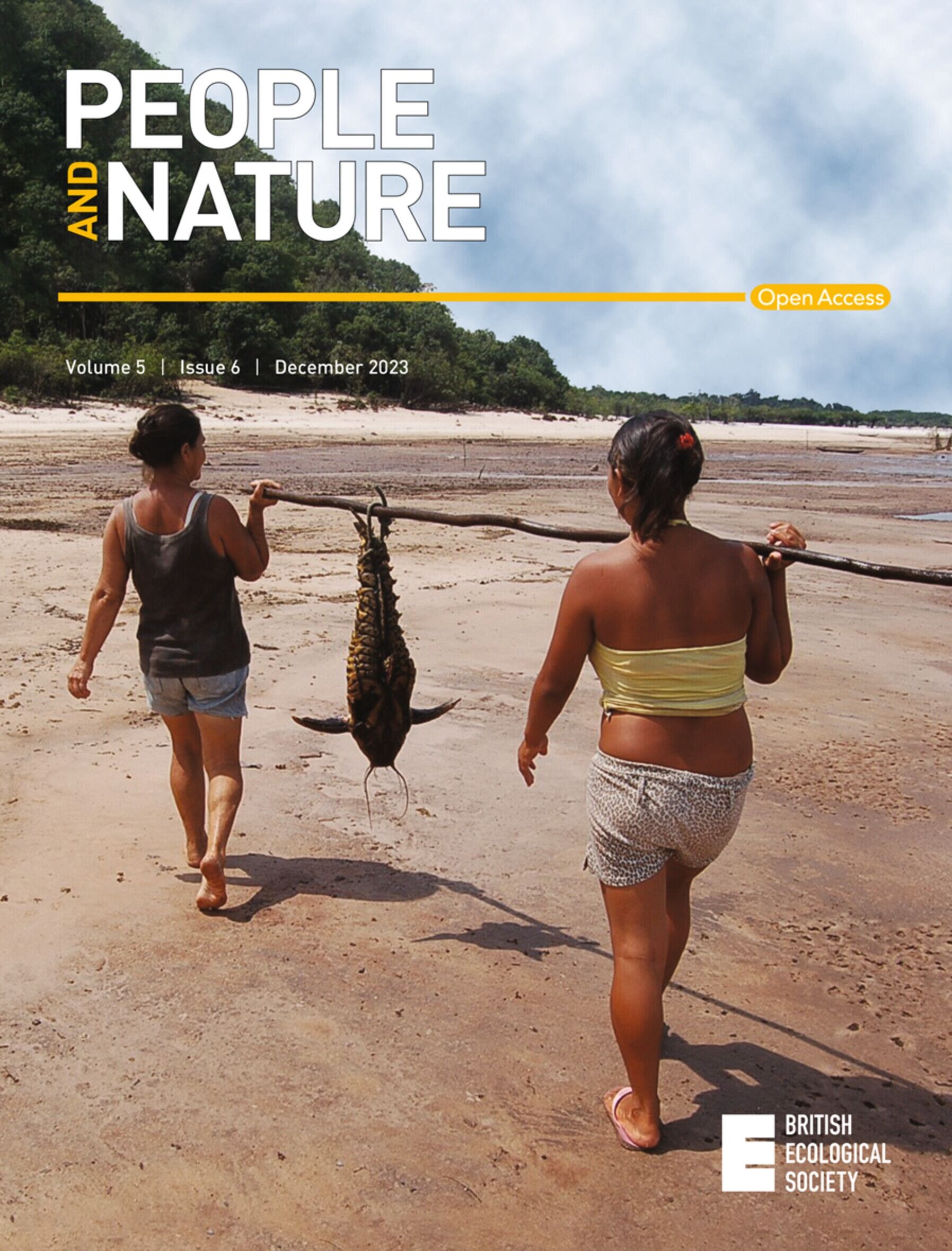Non‐material contributions of nature expressed by former tourists of Mount Kilimanjaro, Tanzania
IF 4.9
1区 环境科学与生态学
Q1 BIODIVERSITY CONSERVATION
引用次数: 0
Abstract
Nature‐based tourism provides an outlet for people to experience non‐material nature's contributions to people (NCP) and can even promote care for nature. Yet, the literature on NCP is still dominated by studies on regulating and material NCP, with limited research on non‐material contributions. Semi‐structured interviews and photo‐elicitation methods were conducted online with 38 former tourists who have hiked Mount Kilimanjaro, Tanzania, to investigate NCP experiences during their hiking journey. Drawing on the guiding principles of the Intergovernmental Panel on Biodiversity and Ecosystem Services (IPBES), an interwoven approach was used to link context‐specific NCP expressed by tourists to the generalizing perspective. Ten context‐specific non‐material NCP emerged including Aesthetic experiences; Learning and life‐changing perspectives; New and unique experiences; and Social cohesion and bonding. All context‐specific NCP were linked back to the generalizing perspective, with most NCP falling under the generalizing category of Physical and psychological experiences. This paper reveals the unique and diverse ways that nature contributes to people's lives, promoting the visibility of multiple perspectives and their incorporation into biodiversity conservation and sustainable management strategies. Through an interwoven approach, NCP can be compared on a universal scale while respecting the context‐specificity of human–nature interactions across different social‐ecological contexts. Read the free Plain Language Summary for this article on the Journal blog.坦桑尼亚乞力马扎罗山前游客表达的对大自然的非物质贡献
以自然为基础的旅游为人们提供了一个体验自然对人类非物质贡献(NCP)的渠道,甚至可以促进对自然的关爱。然而,有关 NCP 的文献仍以规范性 NCP 和物质性 NCP 的研究为主,对非物质性贡献的研究十分有限。根据政府间生物多样性和生态系统服务专门委员会(IPBES)的指导原则,我们采用了一种交织方法,将游客所表达的特定情境非物质体验与概括性视角联系起来。本文揭示了自然对人们生活的独特而多样的贡献方式,促进了多重视角的可见性,并将其纳入生物多样性保护和可持续管理战略。通过一种相互交织的方法,可以在尊重不同社会生态背景下人与自然互动的具体情况的同时,在普遍尺度上对 NCP 进行比较。
本文章由计算机程序翻译,如有差异,请以英文原文为准。
求助全文
约1分钟内获得全文
求助全文

 求助内容:
求助内容: 应助结果提醒方式:
应助结果提醒方式:


